What do holy books say about the environment?
-
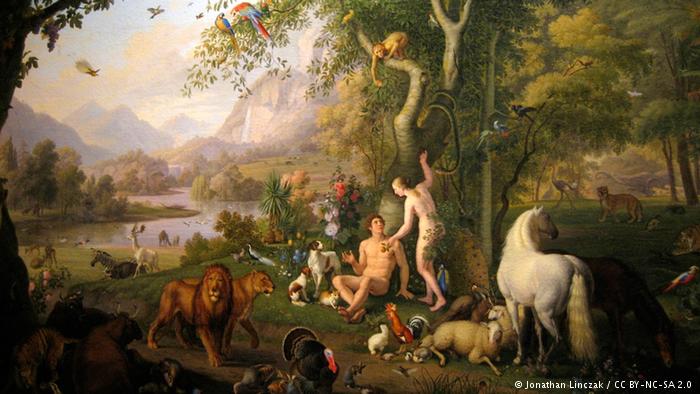
Preserving God’s creation: Adam and Eve in the Garden of Eden - Christians and Jews both believe that God tasked man with protecting His creations: “The LORD God took the man and put him in the Garden of Eden to work it and take care of it.” Genesis 2: 15 -
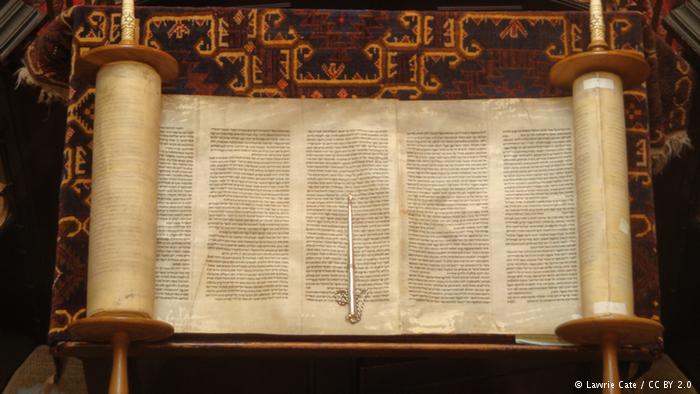
Jewish, Christian scriptures share key ideas: the first Book of Moses depicts the story of creation. It’s part of the Torah - the first part of the Jewish bible, also known as Tanakh -

A religious bestseller: the story of creation is also a central part of the Christian bible’s Old Testament, which interweaves parts of the Jewish holy texts. The Christian bible is the most widely read and widely published text in the world -
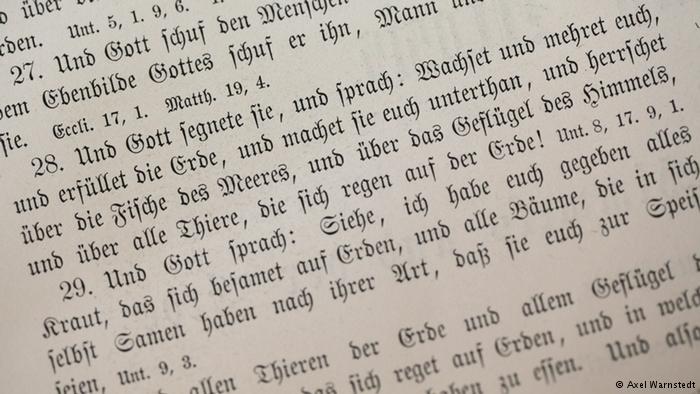
The Bible’s best known verse: God blessed them and said to them, "Be fruitful and increase in number; fill the earth and subdue it. Rule over the fish of the sea and the birds of the air and over every living creature that moves on the ground." Genesis 1: 28. It’s one of the best known Bible verses that is often interpreted differently with regards to man’s “ rule over Earth” (dominum terrae) -
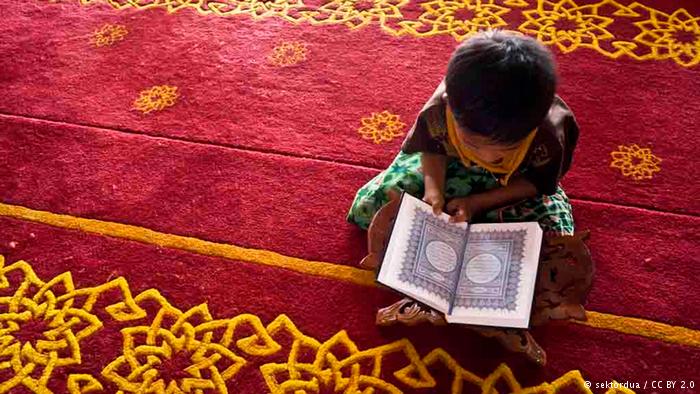
Making careful use of Allah’s work: Islam also urges believers to protect God’s creation. Man is intended to make use of that creation, but has to be careful: “The sun and the moon follow their calculated courses; the plants and the trees submit to His designs; He has raised up the sky. He has set the balance so that you may not exceed in the balance: weigh with justice and do not fall short in the balance.” (Koran, Sura 55:3-10) -
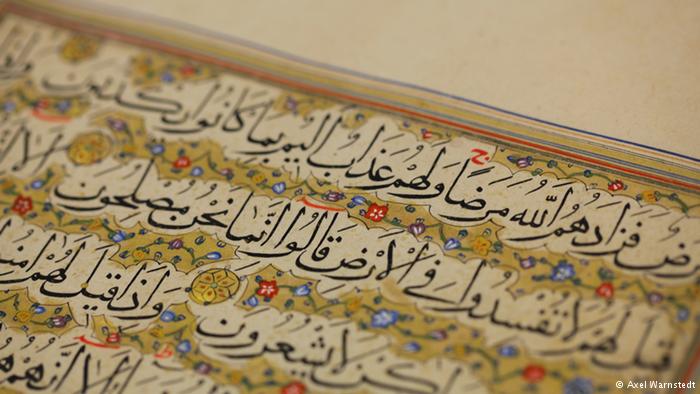
Lessons on green awareness: the Koran offers detailed and concrete guidance to believers. Many of the Muslim holy book’s inscriptions touch on man’s relationship with the environment and dealing with nature: "Do not cause corruption on the earth" (Koran, Sure 2, 11) -
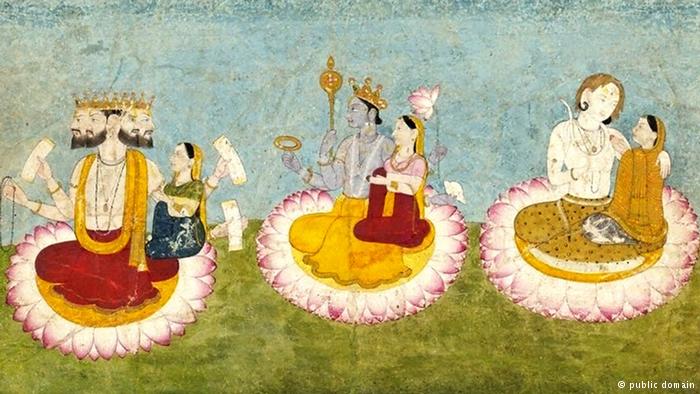
The Hindu Circle of Life: Hinduism does not have a single founder and no single scripture containing the story of creation. The religion is centered upon a seamless circle of moving components, where each piece – whether in spirit or in physical form, visible or invisible – is enmeshed and part of a recurring cycle of birth, death and rebirth. Man is a part of this world and has the same status as every other living being -
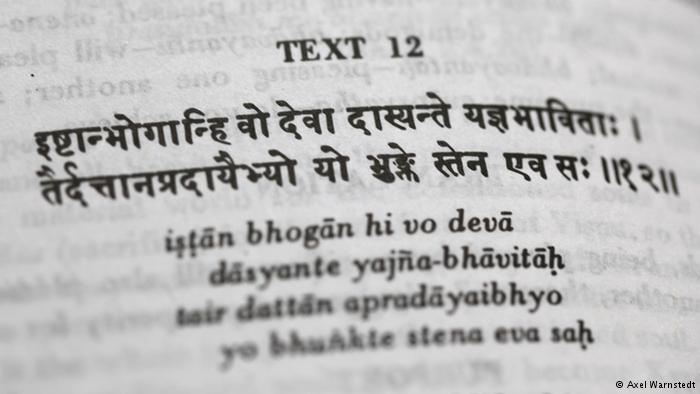
Keeping the balance: the natural circle of life must be maintained – he who takes must also give back: "For, so sustained by sacrifice, the gods will give you the food of your desire. Whoso enjoys their gift, yet gives nothing (in return), is a thief, no more nor less." Bhagavad Gita 3:12 -
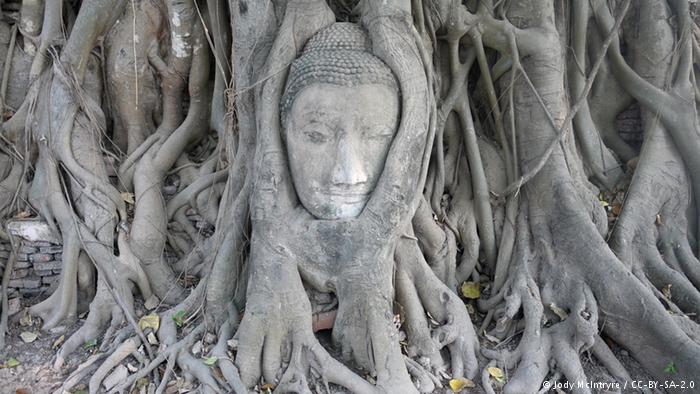
One with the environment: Buddhism also sees a world shaped by interdependencies and linkages. The religion draws no boundaries between the individual and his environment. Any man seeking enlightenment must truly feel like he is a part of all other creatures and share their suffering. The cycle of birth, death and rebirth can be broken when a living being achieves enlightenment and enters into nirvana -
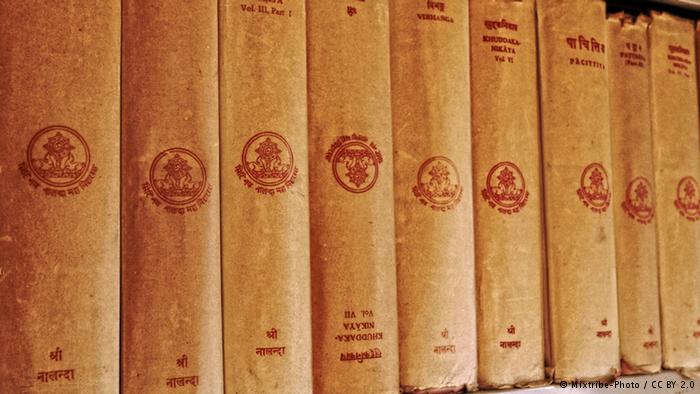
Everything’s interconnected: in the Pali canon, the most complete early Buddhist scripture, the text speaks of the interdependence and connection of all beings: “When there is this, that comes to be; with the arising of this, that arises. When there is not this, that does not come to be; with the cessation of this, that ceases.” (Pali Canon, Samyutta Nikaya II, 12.21)
https://qantara.de./en/node/16644
Link
To all image galleries
